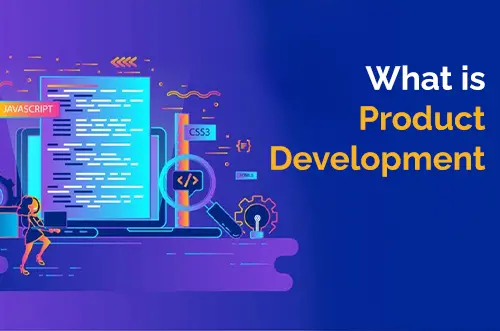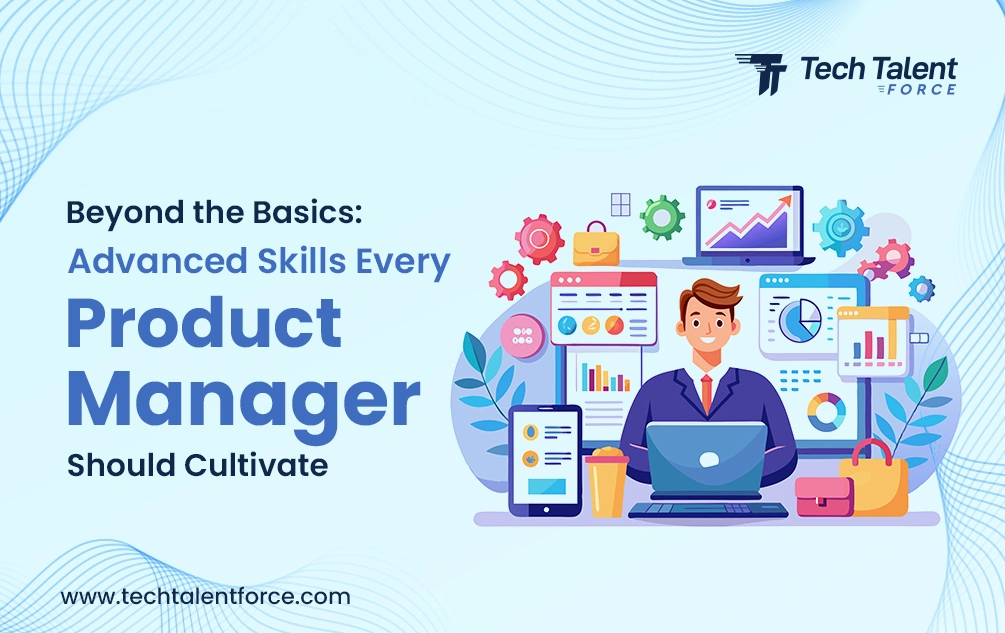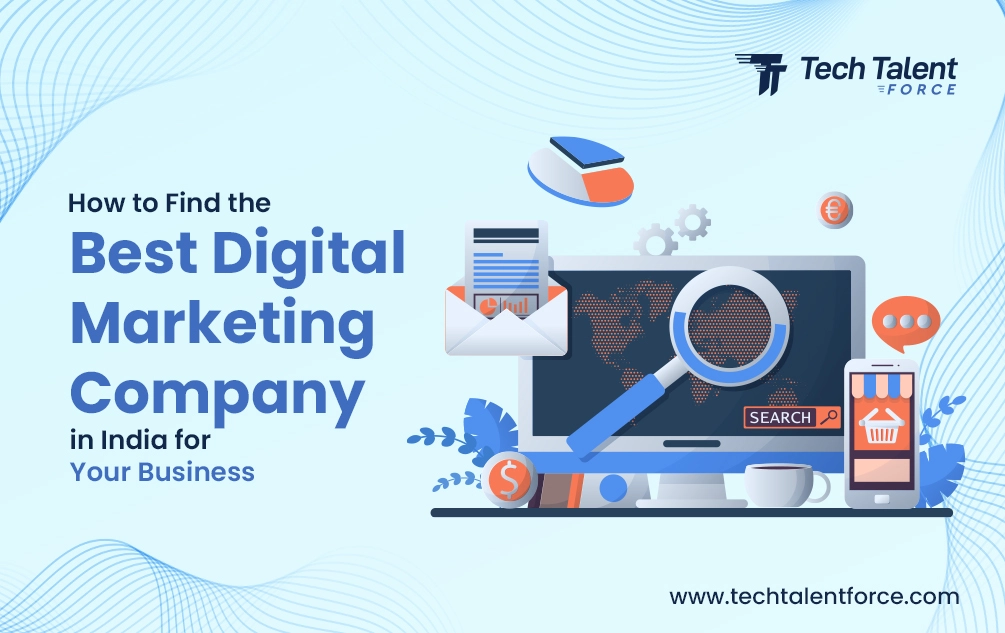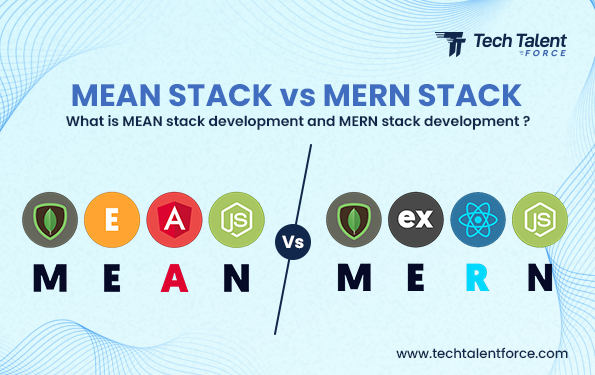One of the toughest challenges for entrepreneurs is typically bringing their concept for an original product to life.
When you hear the genesis tales of other successful organisations, the path to a final product rarely resembles a straight line. Additionally, a product development process might appear almost enigmatic. So, to understand the entire journey of a final product, you need to gain knowledge about it.
What is product development?
Product development refers to the procedures to take a product from a concept to the market. From the first stages of the product creation process to research, development, manufacturing, and distribution, numerous steps must be completed before marketing it.
Before launching your product on the market, it’s critical to research and find market demand. On the business front, a new product can surge market share and provide financial stability with new revenue sources. Yet, product development teams can take several years to bring a product to market. Hence, a plan and research are a must.
The complexity of the development process varies between agile product development models and appropriate product lifecycle. Agile product development In contrast to conventional product development, follows several phases, including a quick iteration based on user feedback.
Since an agile framework enables a product team to release versions of the product considerably faster. With fewer modifications and enhancements it can reduce the period between brainstorming and design through to a product launch. It is accomplished by effectively involving real users throughout the process.
Why do businesses need a product development process?
A product development process enables you to evaluate the new product’s marketability and customer utility. A clearly defined product development process can benefit you in the following ways:-
Offer useful features:- It enables you to include the features customers want, improving the value you offer them. You will then be able to determine which functionality or element will draw users to the product when you evaluate the idea’s viability. You can plan the product suitably with the aid of this.
Superior quality:- During the planning phase, you will plan every aspect of the product, from the raw materials to the features. You are also determining whether the product is marketable, and the process will get completed by testing the prototype. It will guarantee that you advertise a product of high calibre and accessibility.
Greater development control:- Planning well gives you more control over your next steps and how you introduce your product to the market. The product will also come into action with the needs of the consumer and the corporate objectives. Thanks to the product development strategy. It promotes the success of your product and accelerates your expansion.
Apart from this, the product development lifecycle involves a few key stages that help in the execution of a new product. TTF and its specialists will support you throughout these phases.

The product development process stages
Ideation:- The initial phase of the product development life cycle is ideation. It’s all about generating concepts and looking into potential challenges to solve. During this product development phase, the team of TTF will do brainstorming sessions to develop some exceptional ideas. Not only these, but they will also come up with consumer research, prototype development, and business plan development.
Validation:- You will evaluate the marketability and desirability of your idea at this level. With TTF, you’ll need to perform surveys and interviews, user testing, analyse website data, and other research to learn what people think about it. Once you receive the information, examine consumer interest in your service and their expectations.
Prototyping:- It’s time to build a prototype after you’re sure about the market for your concept. It entails developing a low-fidelity version of the notions from ideation that your team can test with users. It is the wireframing stage if you’re generating an app or website. In the case of a tangible product, it will be a crude draught with only the necessary characteristics included.
Marketing:- Once your product gets prototyped, it’s time to consider how consumers will learn about it. To do this, establish a marketing plan, including your advertising and sales tactics. Press releases, content marketing, social media campaigns, etc., should all be part of it. To monitor the success of your marketing activities, you should also set up certain KPIs.
Development:- The actual product-building process can now begin. Making your wireframes or prototype models into something more concrete is what the development step entails. It can entail programming, 3D printing, or something else entirely, depending on the kind of product you’re making.
Launch:- You’ve reached the launch stage. Congrats! Now that your efforts have paid off, it’s time to share your product with the world. You should carefully organise your launch to ensure everything gets set up for the launch. As part of this, analytics tools, bugs and documentation must get configured and tested.
Therefore, product development is a multifaceted process that requires careful planning, research, and execution. It also involves comprehending the needs and preferences of the target audience. Also, it includes identifying opportunities for innovation and leveraging technology to create products that are both functional and appealing.
Successful product development requires a collaborative approach, from various stakeholders. These include designers, engineers, marketers, and customer support teams. With our experienced team, you can create products that meet the needs of your customers and stand out in a crowded market. We follow a structured product development process and continually iterate based on feedback and market trends. With the right approach, product development can be a rewarding and transformative journey that drives business growth and customer satisfaction.





No Comments